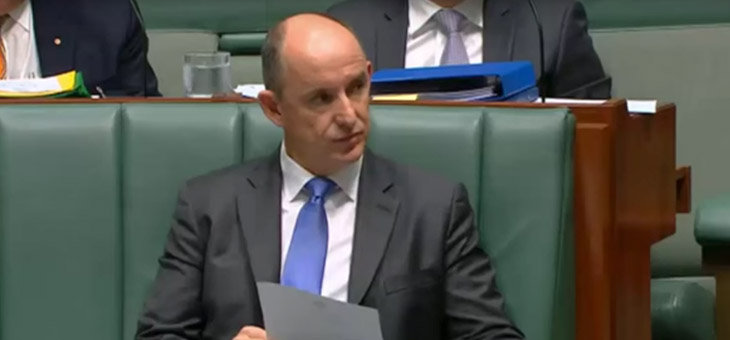Assistant Treasurer Stuart Robert – the new minister responsible for superannuation – has announced that he will focus on fixing super for all retirees, but especially for women.
A recent parliamentary inquiry saw data from Per Capita that revealed 23 per cent of men have balances over $500,000 and 25 per cent of all women have balances less than $50,000. Just four per cent of women have a balance of over $500,000. On average, women have around 53 per cent of the super savings of men.
Mr Robert yesterday declared that “the great inequality” of women’s super was a “top priority” and “nothing was off the table” as he works with Minister for Women, Kelly O’Dwyer, on a $100 million major women’s economic statement to be released this month
His first duty since being appointed with the super policy role was meeting with health and community services super fund HESTA, whose majority of members are women.
“We have to make a tangible difference to the 80 per cent of women in a fund like HESTA,” Mr Robert told Fairfax Media.
“I’ll be examining everything. The beauty of a fresh set of eyes is you get the chance to look at it all.”
With the birth and care of children taking up prime working years for women, many miss out on compulsory super payments. When women do return to the workforce, many do so in part-time employment roles or by working in the gig economy. Around 70 per cent of all part-time employees are women.
Currently, employers do not have to make compulsory super payments if an employee earns under $450 per week.
“The $450 cap is an old-world concept and we are well and truly in the new world,” said Australian Services Union assistant secretary Linda White.
Ms White has been lobbying to have the $450 cap removed.
“For every dollar earned young, the compound interest is going to earn you more in retirement. Fixing it would cost very little but would start to level the playing field,” she said.
Another idea on the table is dividing super between partners when a couple enters a legally recognised relationship.
There were 118,401 marriages and 46,604 divorces in Australia in 2017. Many divorced women who have raised children and missed out on years of super payments will then end up dependent on the Age Pension in retirement.
When considering Australia’s steadily growing ageing population, funding the Age Pension for these women may be a major problem for the Government unless something is done about it now.
While Mr Robert said all ideas would be considered, he stated that he does not want to “rob Peter to pay Paul” and that the Government already has a policy in place where a spouse can redirect up to $40,000 in to the other’s super fund.
“It would help a spouse, but to the detriment of the other,” he said.
What do you think of splitting super once you are married? Would this be an acceptable solution to equalising women’s super? Should the $450 compulsory payment cap be removed?
Related articles:
Why do women retire in poverty?
Women’s work back in spotlight
Women and superannuation

